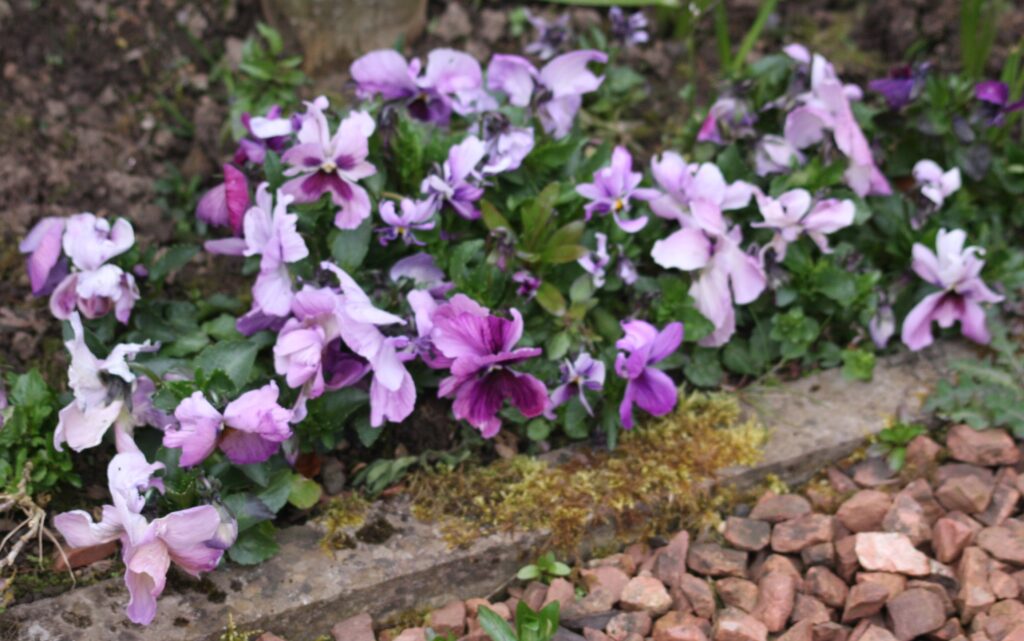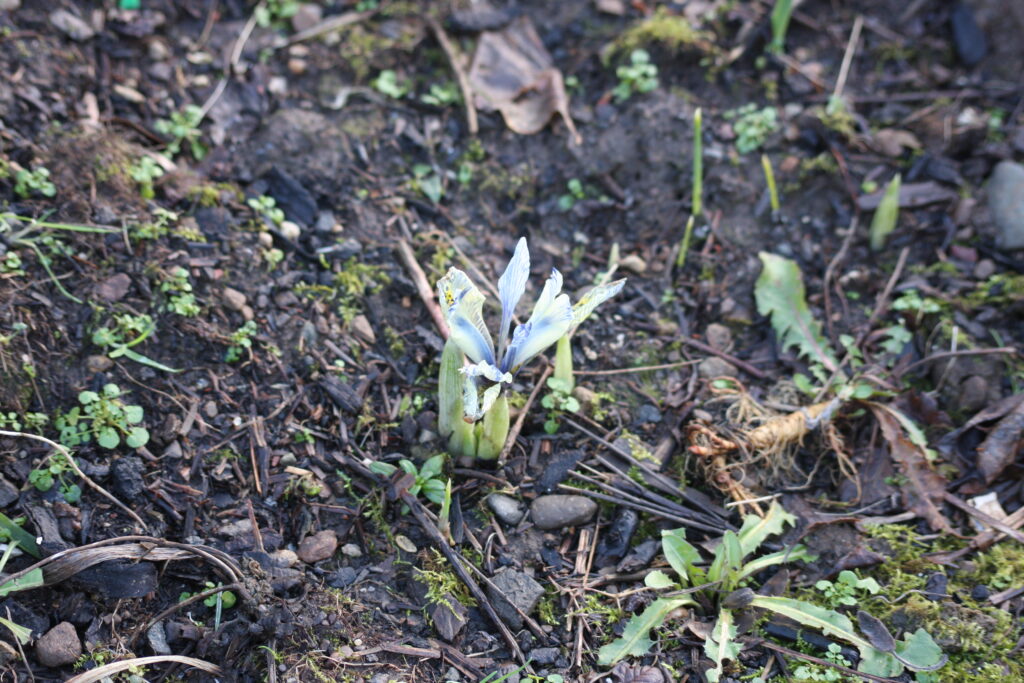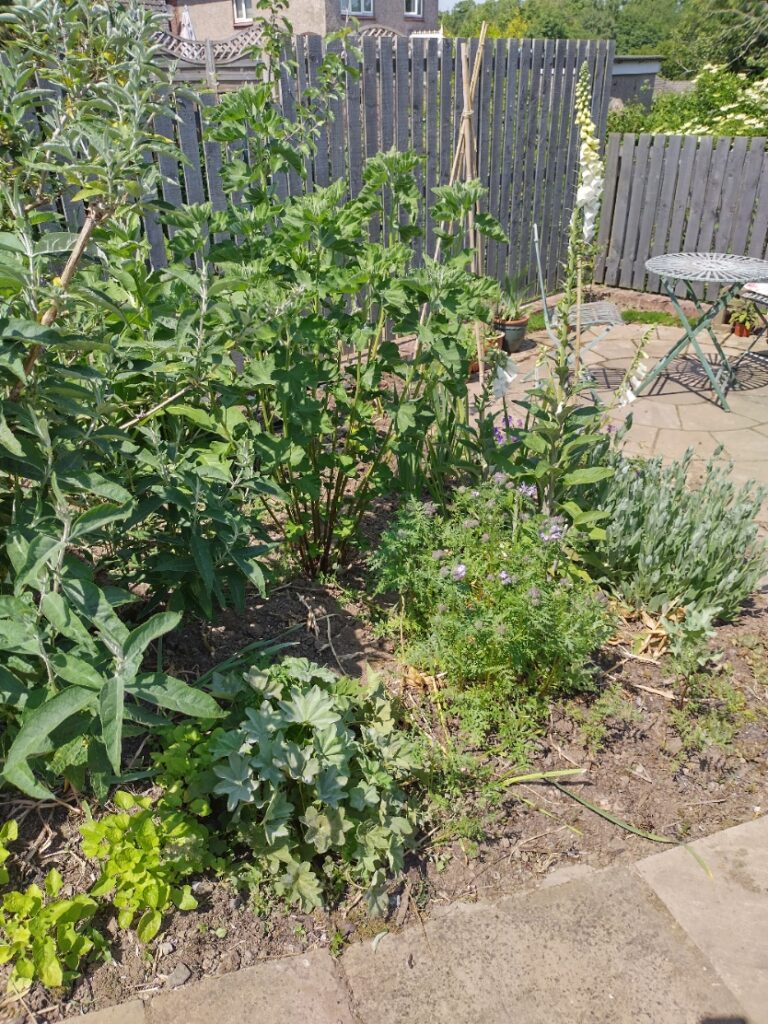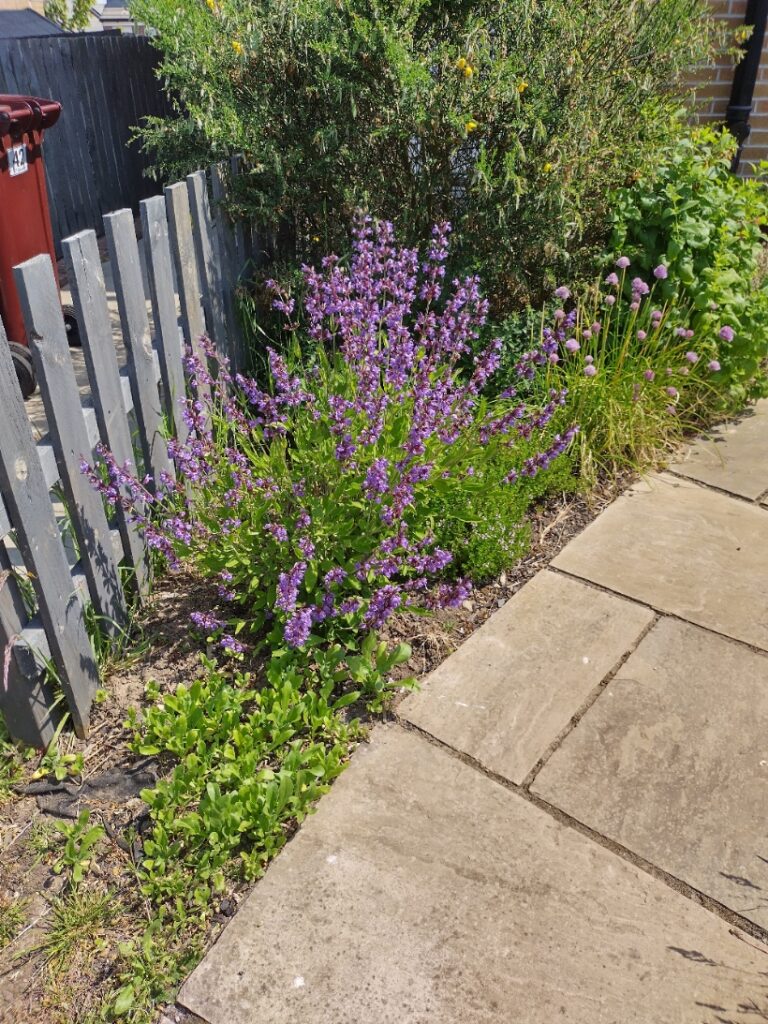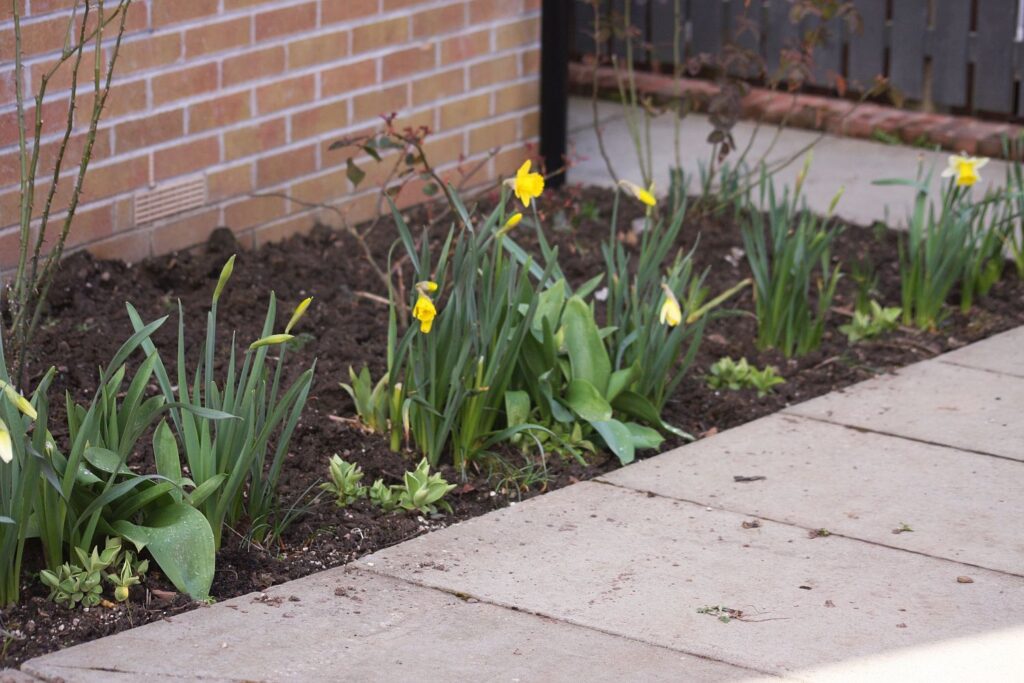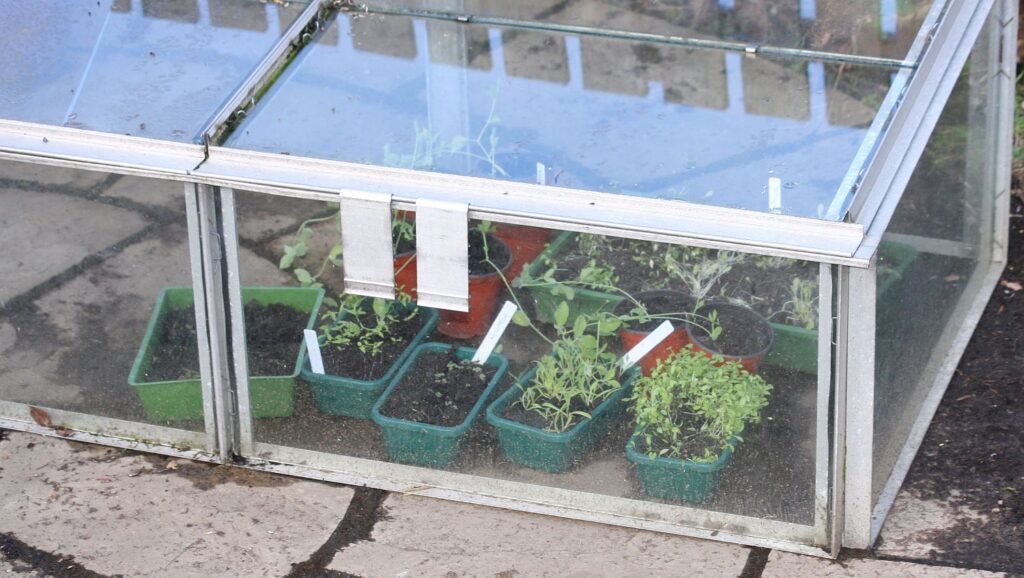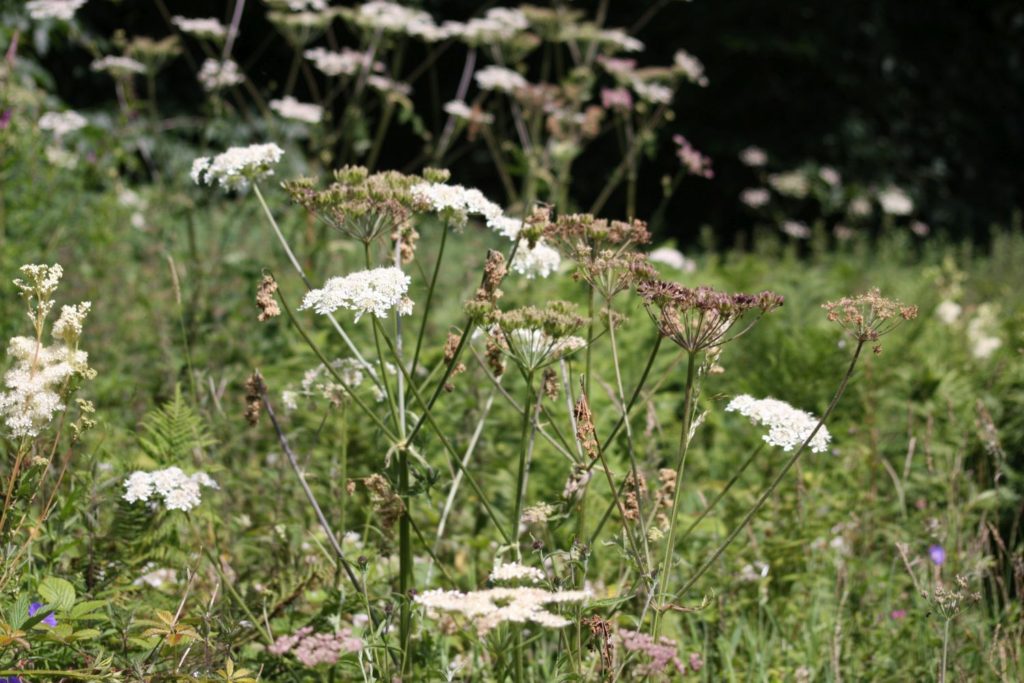This is, I guess, what social media might call a ‘timeline cleanse’. There’s a lot to be anxious or angry about, but also a lot of people making an effort to do something about it all – people restoring landscapes, saving species, campaigning for refugees or the disabled, developing projects for people with mental health problems, working for peace or for better working conditions, trying to stop some of the unjust and downright irrational things going on. More power to them all, but also, a time of refreshment and reconnection. Here’s a few photos, and a bit of bird and flower chat.

This weekend temperatures have gone up, and it has stopped raining long enough for me to get out into the garden. I’ve done some serious tidying up, and moved the first seedlings to my propagation patch, to harden off, and the lemon verbena and scented-leaved geraniums to their summer positions. Everything seems to have bulked up almost overnight, and I can see that winter was (mostly) quite kind to us. Almost all the plants have come through, and are finding their feet in the new plantings. This patch is the nine herbs garden, as most of the plants from the nine herbs charm are here (even the nettles, I’m sorry to say). The fennel and thyme are not – the fennel needs more sun than it would get here, and the thyme is too well established in the culinary patch to move. For reasons of my own, I have temporarily assumed that atterlothe is vervain.
I’ve had my first harvests, violet leaves to dry for oil, and chives and fines herbes in the freezer. The chives are showing flower buds, so it won’t be long before I’ll be making chive flower vinegar and drying thyme, which is always ready earlier than I expect. There are now tomatoes in the greenhouse and blackcurrants and gooseberry and apple tree are blossoming, but the damson tree has barely had any flower at all, which is a major disappointment. We have persuaded our factor not to spray our fencelines with herbicide, in return for keeping them free of invasive weeds, and our neighbour Jude has benefited from a lot of dandelions for her tortoise as a result. Still got some, though, they seem invincible!

Outside the garden, the hill is beginning to get serious about blossoming trees. There’s plenty of corporate pink and white cherry, but we have a lot of blackthorn, cherry plum and bird cherry coming out too, and the Victorian craze for lime tree walks is going to deliver a lot of forage for bees in a week or two. All the outlines of trees are getting scribbled in with new green, and there will be hawthorn and elder before too long. Bluebells are in short supply here though, and we may have to make a trip to Inchmahome to see them later on.
We have fewer goldfinches this year, but there are bluetits, chaffinches, robins and wren nesting close to the house, and the sparrows are thriving. Magpies, which were here in great numbers only a few weeks ago, seem to have scattered, though there is an enormous ramshackle nest in the hazel tree on the back road. I’ve heard chiffchaffs, and the black-backed gulls are here in force, but no swallows yet.
I am beginning to realise how much there is to know about a new territory, and though I have now been here for two and a half years, I’m barely scratching the surface. Because I’d been in Stirling for ten years before I started writing about it, I forgot the slow accumulation of things you notice, patterns you begin to recognise, knowledge built through experiment and failure. It can’t be rushed. I can see the shape of the hopes I had for the garden beginning to emerge, but I feel that this garden is talking back to me, shaping its own destiny and mine along with it. It’s a very different experience – I’m less young and gallus, but though I have to go slower, I think I might notice more, think more carefully, and maybe write better.
